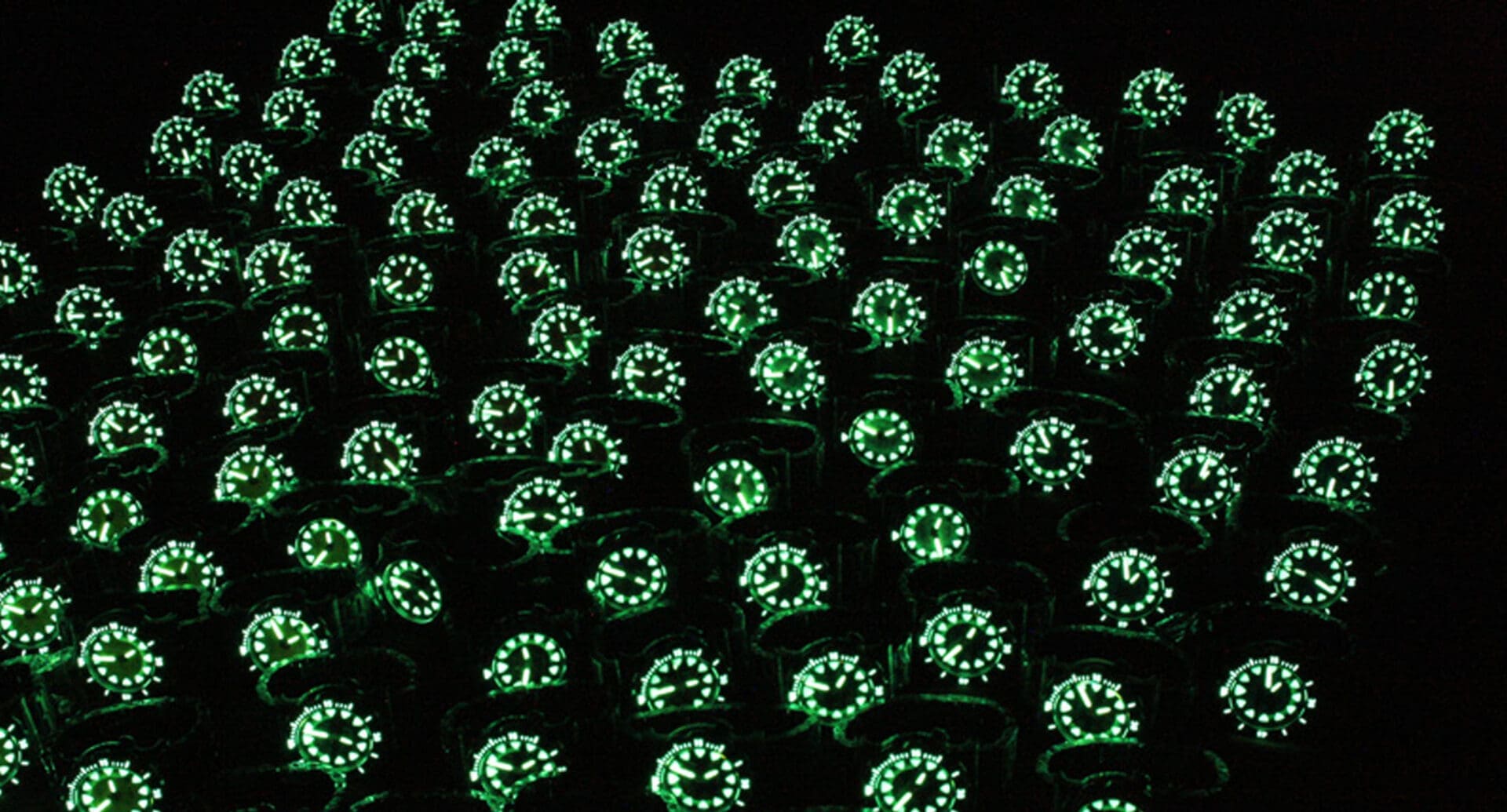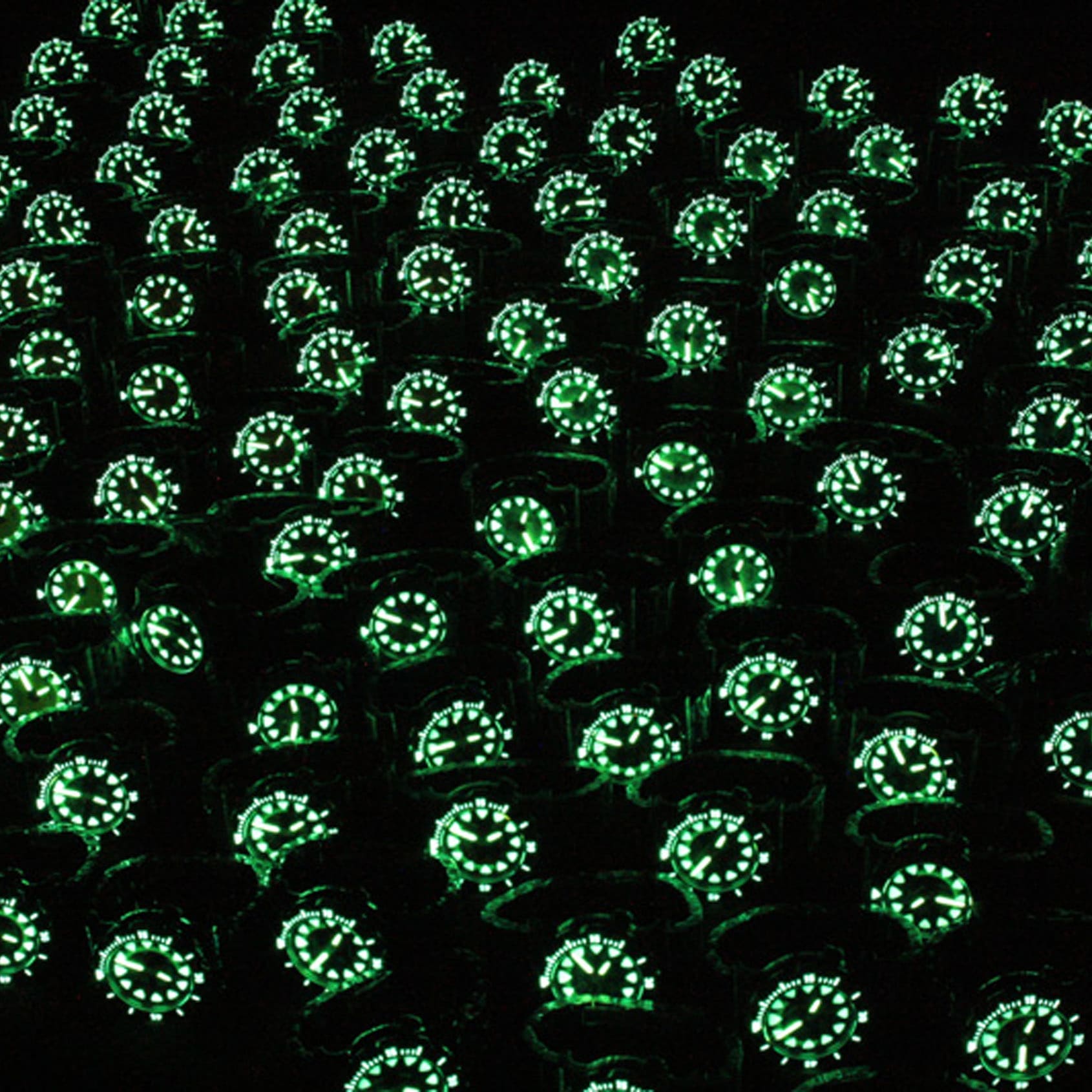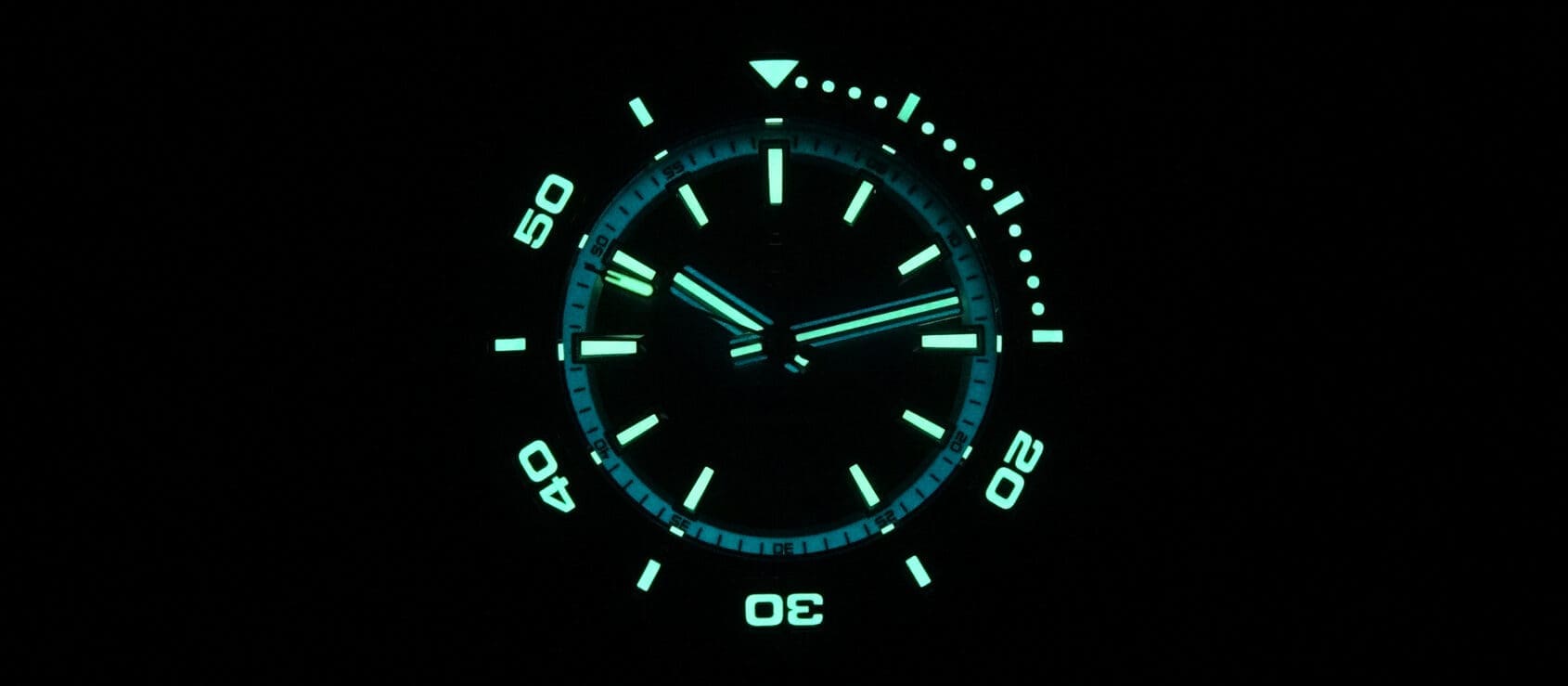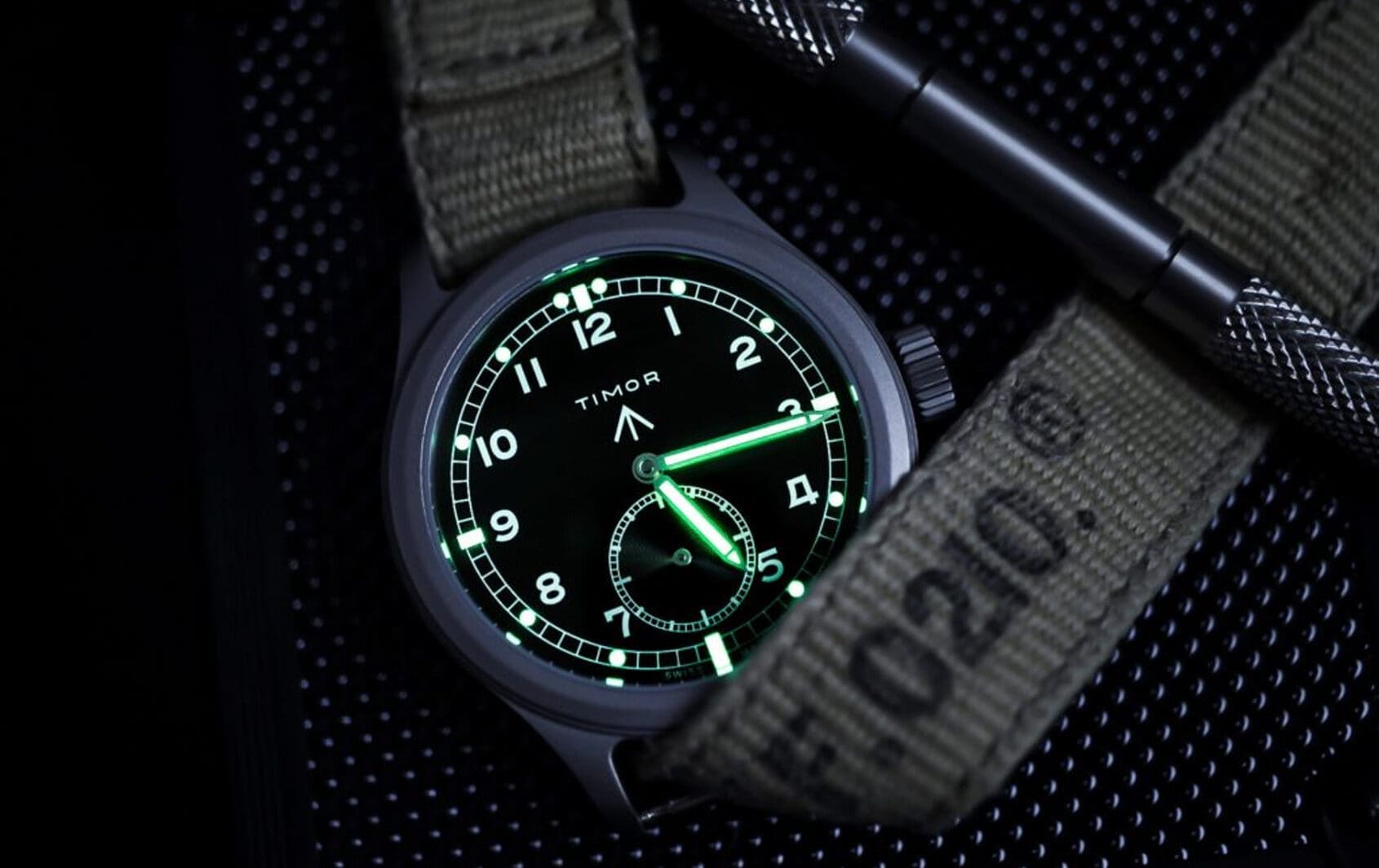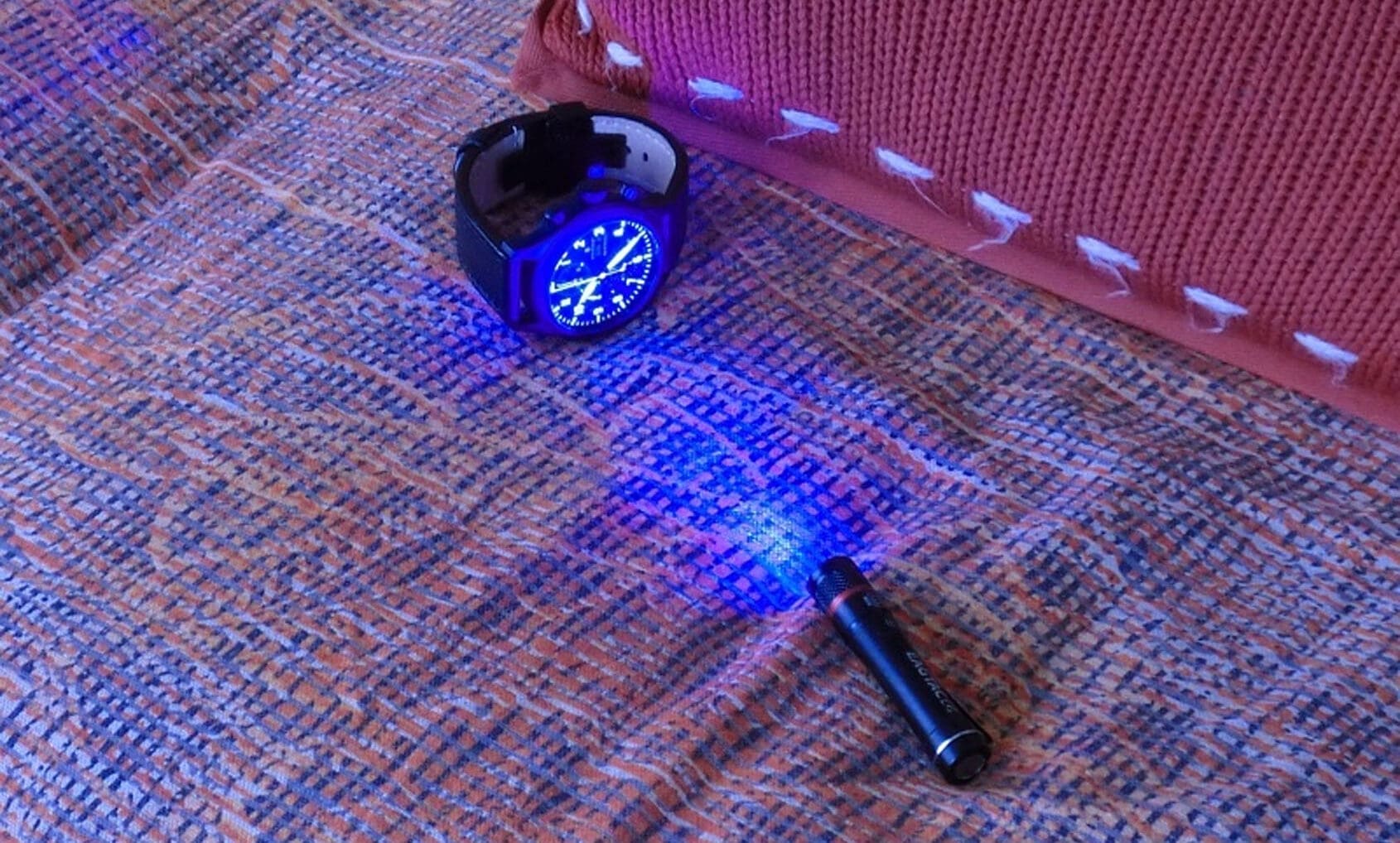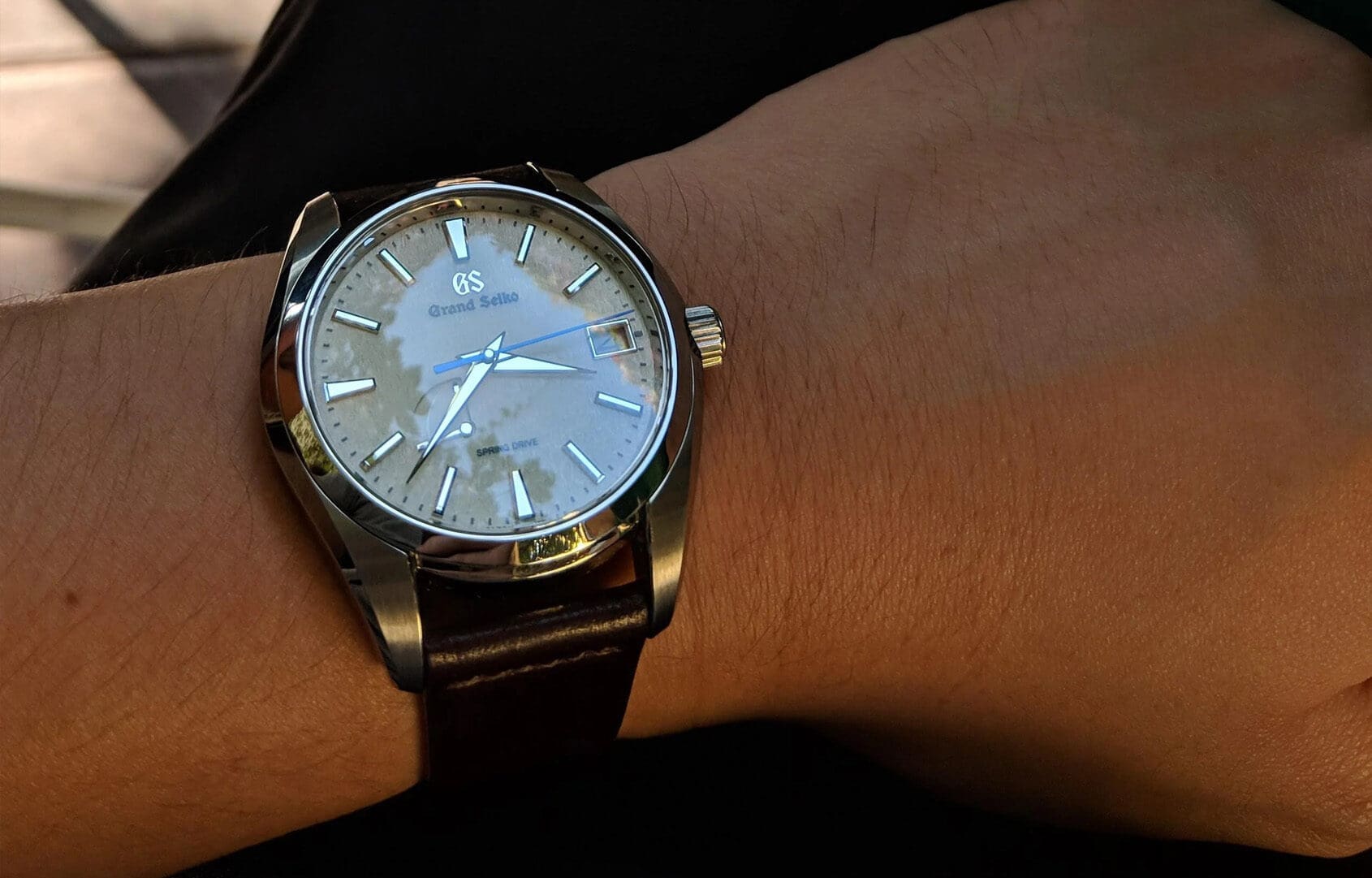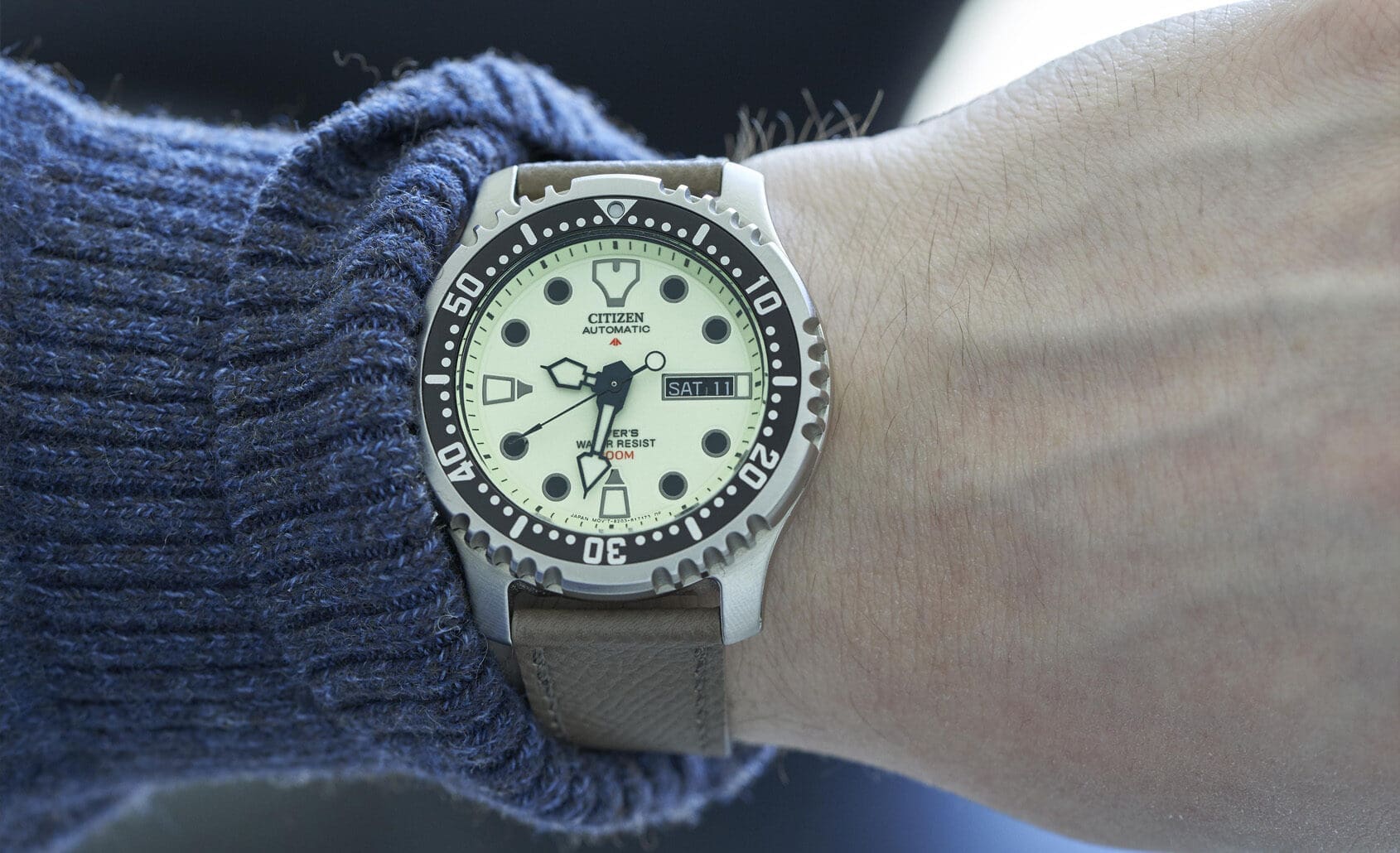We glow with the flow, but is lume really necessary?
Fergus NashRadium was discovered by Marie Curie in 1898, and it was already showing up on the dials of wristwatches by the early 1900s. This goes to show how intertwined the idea of luminous markings and watchmaking really are, as the industry has been a constant point of innovation for the technology. From the dark past of the radioactive compounds to the modern safety and longevity of Super-LumiNova, it’s quite impressive how far things have come. Now we have access to microbrand watches that have cascades of blinding lume, even in different colours. But I keep asking myself, is it actually necessary? Let’s break it down.
Fantasy utility
It’s no secret that for most of us, the idea of a tool watch is purely romantic. Field watches might get taken camping once a year, pilot’s watches pale in comparison to modern navigation instruments, and the average dive watch doesn’t venture further than a few feet beneath the waves. Just like buying supplies from a craft store gives you the illusion of productivity, buying a tool watch is only a reflection of the person who you’d like to be. There’s nothing wrong with that at all, as with any part of our personal style, but thinking it’s anything more than that is sort of like buying a GoPro and believing you’ll become a master of parkour.
Genuine utility
The idea of anything glow-in-the-dark is simple and genius, but there are caveats. For each fleeting moment you may need to check the time in the dark without looking at your phone, you’ll have to make sure that your watch has had adequate UV exposure to charge it up. Whether that means you’re spending a few hours outdoors each day, or using a UV torch deliberately before leaving the house, there’s a level of effort there which isn’t necessarily matched by enough reward to my mind. I will absolutely concede that there’s a level of convenience in having an analogue display in the dark, but I’ve also never heard complaints from non-watch wearers about their time awareness woes.
Dial design
So if there’s not much benefit to having lume, the question becomes what do we lose by having it? Some of the most iconic dial designs of all time are based around luminous markers, but there are a lot of dials where it feels shoehorned in. The vast majority of time spent looking at your watch is in lit conditions, so why would you rather stare at some grainy, blobby texture as opposed to a crisp, white print or metallic applied marker? Grand Seiko understood their priorities when they made the barnstorming Snowflake. Some manufacturers would have felt the need to put little dots of lume around the edges, or cut a small slot into the applied indices, but the power of the Zaratsu polish alone is enough to make those indices shine in low-light.
Summary
Sometimes it can feel like watch designers are just ticking boxes, and lume is definitely something companies assume everyone wants. There may be an element of truth to that, and I think there are absolutely times when lume works for that individual watch, but it should be a deliberate consideration. Instead of competing to see who can make the brightest or craziest assortment of colours when the lights go out, I believe we should consider the watch as a whole.




